
The U.S. Environmental Protection Agency is committed to protecting the fish that live in the Delaware River, especially in the area between Philadelphia and Wilmington. The proposed new standards will focus on keeping water quality at a healthy and sustainable level.
There needs to be enough oxygen in the water for the fish to live and thrive. Endangered fish like the Atlantic Sturgeon depend on good water quality with enough oxygen to be able to breed successfully. Current protections haven’t been updated in nearly sixty years and don’t do enough to protect important and endangered fish.
New standards introduced by the EPA are based on modern scientific research and should help improve the water quality enough to bring back old fish species.
Ignoring The Problem

Water quality standards for the Delaware River have not been keeping up with changing environmental factors and scientific advances, bridging the gap in knowledge we had about conservation. The last change to protections was in 1967 and is unsurprisingly outdated.
Since the late sixties, the water quality in the river had dropped dramatically. Groups that were supposed to look after the river didn’t act fast enough to fix this, despite fish populations dropping dramatically.
Only after pressures from environmental groups and the EPA stepping in have stronger protections been proposed. It is still not too late to turn around Delaware’s water quality, but it is an uphill battle after decades of ignoring the problem.
Oxygen Is Important
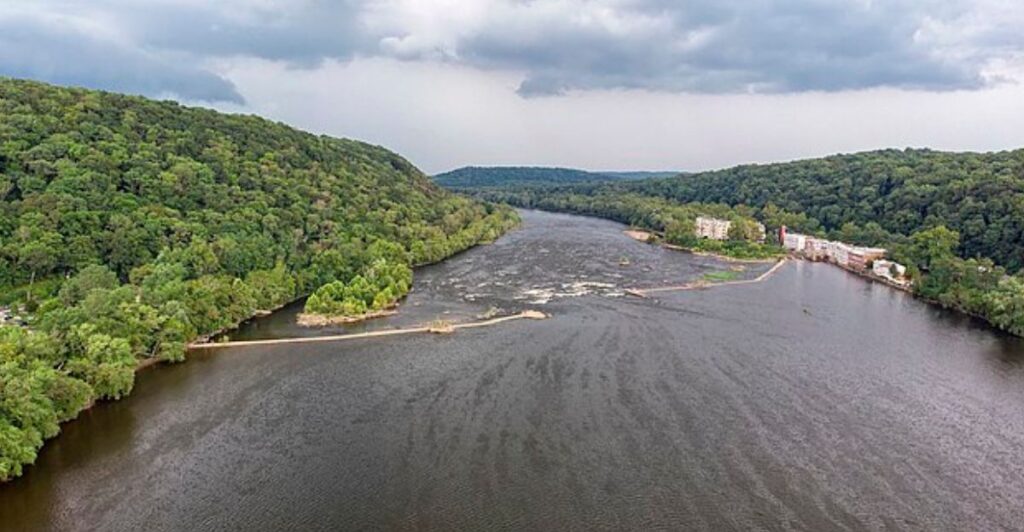
Just like we need air to breathe and survive, fish need oxygen in the water; after fish lay eggs or young fish grow, their oxygen demand is higher than usual, and without it, they won’t survive.
Wastewater plants have polluted the river, leading to lowered oxygen levels in the presence of harmful chemicals. Fish that receive reduced oxygen levels can have developmental problems or entirely die off.
Ammonia pollution creates areas in the water where oxygen isn’t present, and is a deadly trap for fish. The bar must be raised in order to protect the fish populations that live in the river and restore its ability to support a diverse ecosystem.
Federal Intervention

Water quality standards in rivers are generally managed by regional bodies, such as the DRBC. However, with their failure to update standards and keep the river clean, the federal government has stepped in. The EPA has full rights to intervene in this case due to the Clean Water Act, which overrules any local control to create better standards.
Federal intervention isn’t common, and this rare move highlights just how bad the water quality has dropped in over fifty years. The EPA are commited to enforcing new standards and environmental laws after local agencies fail to do so themselves.
Federal intervention ensures that pollution is controlled and that the water quality increases in the future. The federal jurisdiction also means there won’t be any bureaucratic delays.
The Atlantic Sturgeon
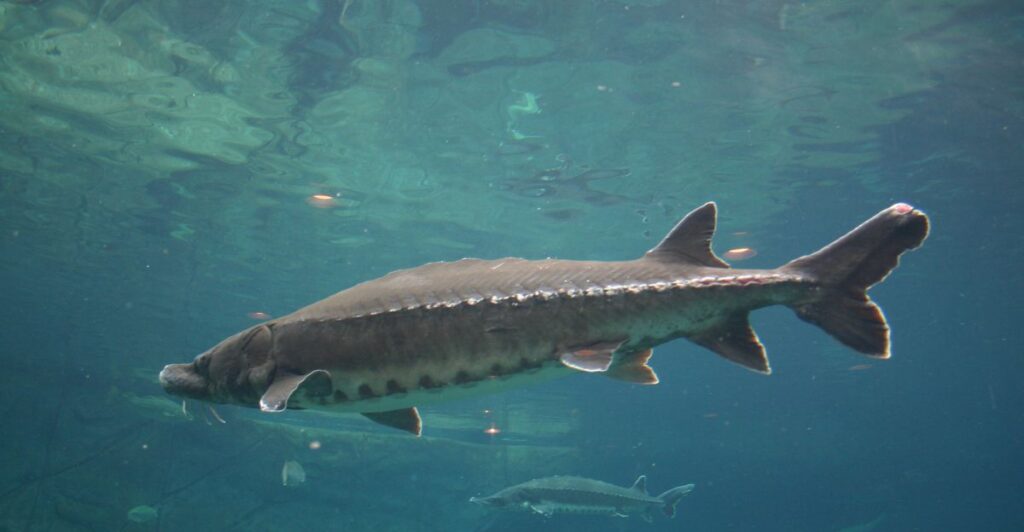
The Atlantic sturgeon has graced the world’s waterways for over 100 million years, but now it is an endangered species primarily due to human activity. The species needs to be protected as it would be a travesty for it to die out in our lifetime after surviving the prehistoric era.
Overfishing, pollution, and habitat are all contributing factors to the drop in Atlantic sturgeon numbers. The species is reliant on good-quality water and sustainable oxygen levels.
The Delaware used to be a capable ecosystem for this species, but quality levels have dropped. The new water policies from the EPA should help the Atlantic sturgeon particularly, addressing the oxygen levels that it sorely needs.
Economic Benefits

There is the notion that businesses are hurt by stricter environmental rulings, cleaner water can actually have huge benefits for local economies. Clean rivers and other bodies of water bring in tourism, such as recreational and fishing industries, which can generate millions of dollars in revenue annually and provide thousands of jobs.
With healthier fish occupying the waterways, there are better fishing opportunities, attracting more fishing enthusiasts. Property values and overall public health are also increased by better water standards in communities near rivers and lakes.
With wastewater plants having to reduce ammonia pollution due to new policies, there should be more investments in infrastructure upgrades, which would create more jobs and have long-term economic implications.
Inaction Has Consequences
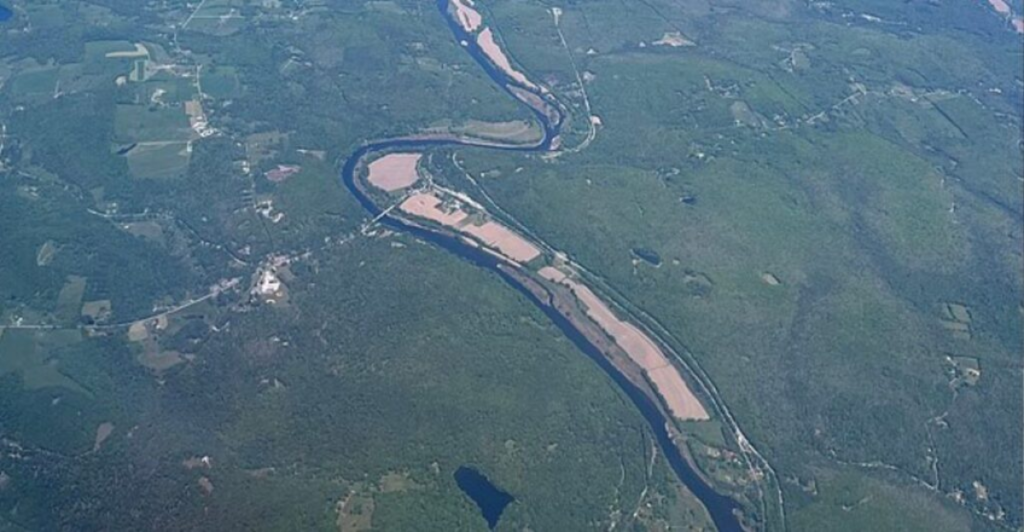
Delaware River’s water quality and fish habitats have degraded significantly in the last few decades of inaction. Thankfully, the EPA intervened, but if they hadn’t, things would have even gotten worse. The Atlantic sturgeon and other breeds would have been harmed by the lowering oxygen levels, affecting breeding levels and biodiversity.
There are other consequences of inaction, including damaging local economies that depend on recreational fishing industries. Public health could have also declined noticeably if the water quality was left to continue down its current trend.
This failure has reflected broader failures of environmental responsibility, with the government having to intervene to rectify the situation. Irreversible damage to the Northeast’s waterways was a looming threat on the horizon, and the EPA’s governance has come just in time.
Fostering Climate Resilience
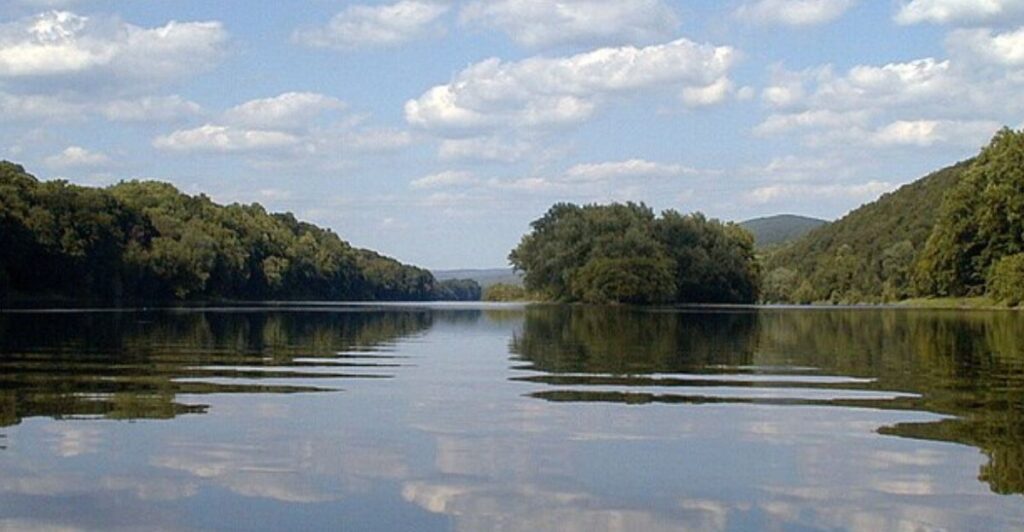
Improving the water quality in the Delaware River should go beyond the interests of just saving fish populations. There are long-term benefits to healthy water systems, including better resilience to climate change factors like heatwaves and flooding.
These risk factors have only increased in frequency in recent years, making good water quality even more important. Clean water also facilitates new habitats, such as wetlands, for a wide array of animals to inhabit. These wetlands and green spaces absorb stormwater, protecting urban areas from flooding.
This knock-on effect will have a healthier ecosystem with more climate change resilence and economic benefits for local economies, making it an important endeavor.
Other Ripple Effects
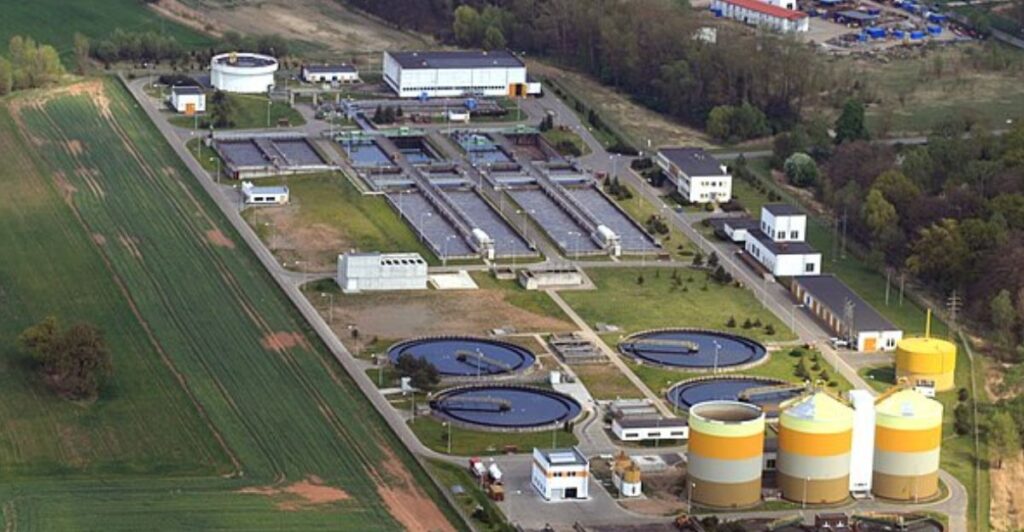
The new standards that the EPA is enforcing will ensure that wastewater treatment facilities will adopt other techniques that mitigate the amount of ammonia introduced into the river and increase its overall quality and oxygen levels. It won’t be surprising if these new techniques come out of the use of innovative technologies.
These technologies could spread to other areas, making it a model for other wastewater plants to follow. These improvements to the overall river quality help eliminate human-caused pollution and combat climate change risk factors.
Delaware’s turnaround due to government intervention could be the start of federal inverventions in other places where a similar conservation negligence is taking place. There should be an attitude that is more than just meeting the minimum standards that could be severely outdated.
Restoring The Delaware River

The new protections over the Delaware River is a huge victory for conservationists and should be praised by business in the fishing industry, and even that are concerned about public health due to pollution.
A new beginning has started for the inhabitants of the river, including the endangered Atlantic sturgeon, and their future looks promising. These efforts show that science-based policies can result in well-informed actions that create a more sustainable environment.
The natural heritage of the river must be preserved, along with its inhabitants, and with enough support, a sustainable future is looking viable in a rapidly changing world.
Explore more of our trending stories and hit Follow to keep them coming to your feed!

Don’t miss out on more stories like this! Hit the Follow button at the top of this article to stay updated with the latest news. Share your thoughts in the comments—we’d love to hear from you!







